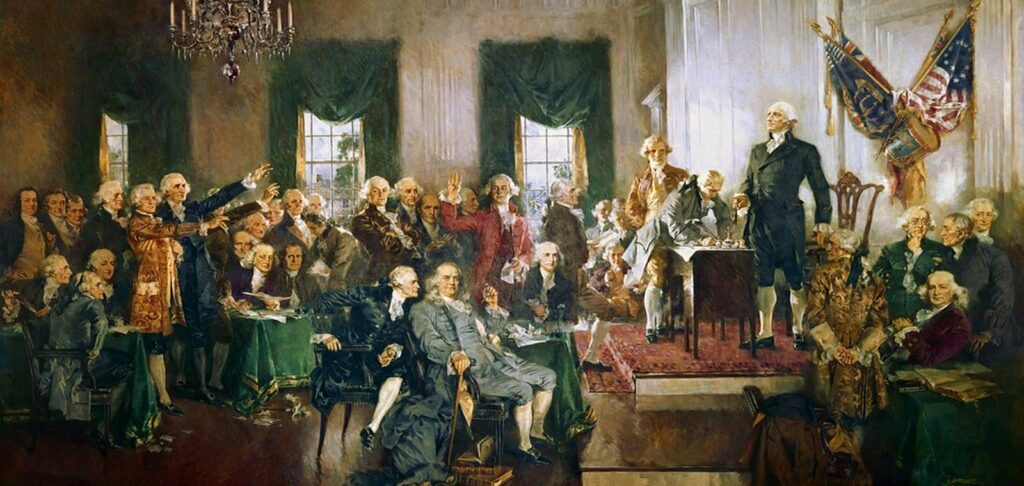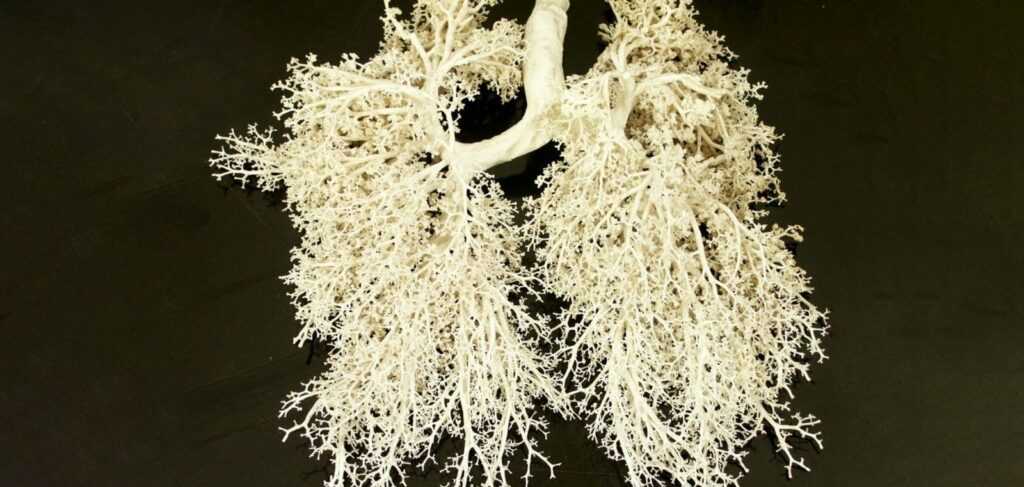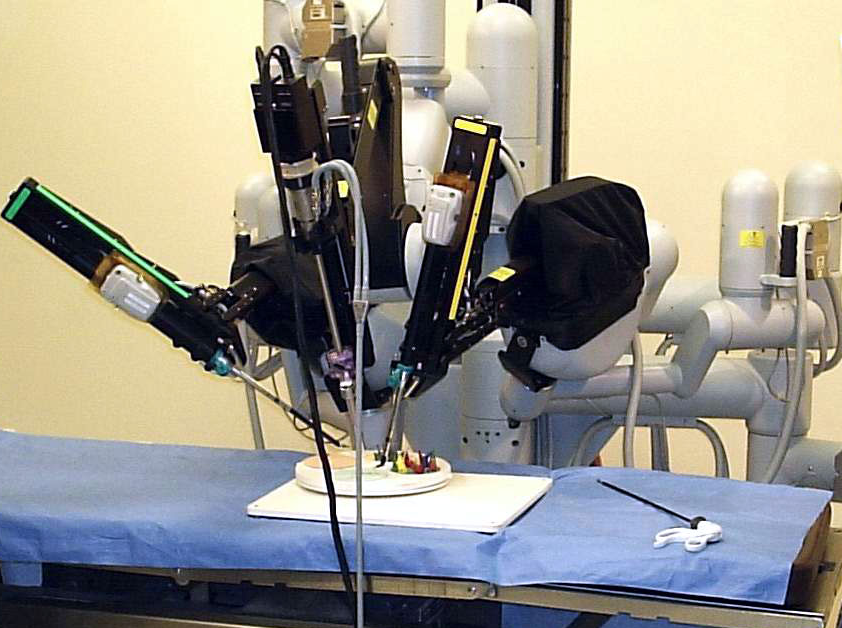
The first public hospital and the first hospital pharmacy appeared in the United States as early as colonial times. Benjamin Franklin played an important role in their fate.
What did Benjamin Franklin think?
From 1730 until U.S. independence, Philadelphia, Pennsylvania, was the fastest growing city among the 13 British colonies. During this time, its population nearly quadrupled. And it was in Philadelphia that one of the largest ports on the Atlantic coast of North America was located, through which hundreds or even thousands of emigrants traveling inland passed every week.
In general, at the time, urban dwellers in colonial America were healthier than Europeans. Nevertheless, large cities like Philadelphia were becoming melting pots not only for the future American nation, but also for infectious diseases. The percentage of elderly people suffering from chronic illnesses was also increasing among Philadelphia’s residents, and the city’s birth rate, and therefore infant mortality, was rising. In addition, residents were frightened by people suffering from mental illness, who, according to documents from those years, were “wandering the streets.” It was obvious that the growing city was in great need of a treatment facility.
The idea to open a city hospital originated with physician Thomas Bond, who was the port inspector for infectious diseases. During his internship in Europe, he worked in the oldest Parisian hospital ” Hôtel-Dieu ” (from French Notel-Dieu – “God’s shelter”), which made the most favorable impression on him. However, for the western Atlantic coast Bond’s idea was a novelty and at first did not arouse enthusiasm among the members of the city council. Virtually every honorable citizen the doctor approached asked, “What does Benjamin Franklin think of your project?”
The face on the bill
Benjamin Franklin, familiar to us mainly from his portrait on the 100-dollar bills, was an amazing man. His biography can safely be called the embodiment of the “American dream”. Benjamin grew up as the 15th child in the family of a poor immigrant from England, Josiah Franklin, who was engaged in the manufacture of candles and soap. Benjamin’s father wanted his son to go to school, but with 17 children, he was only able to pay for two years of his education. From the age of 12 Benjamin began working as an apprentice in his brother’s print shop, and at the age of 21 he founded his own print shop in Philadelphia and became the publisher of the popular “Pennsylvania Gazette”.
Although Benjamin Franklin had little schooling, he was one of the most educated and intelligent men of his time. He is credited with at least a hundred useful inventions and scientific discoveries. For example, he named the Gulf Stream and developed a theory explaining the origin of storm winds. Franklin proved the electrical nature of lightning, invented the lightning rod, and introduced the “+” and “-” signs to indicate the polarity of charge that we see on every battery today. He was the first to propose the idea of an electric motor, and he was also the first to use an electric spark to explode gunpowder.
On the account of Benjamin Franklin and such inventions as bifocal glasses, rocking chair, as well as “Pennsylvania fireplace” – an economical small-sized stove for the house, which is still used today, because compared to a conventional fireplace gives twice as much heat and uses four times less wood.
In 1728, Franklin established a Philadelphia discussion circle of artisans and tradesmen called the Leather Apron Club, which 15 years later evolved into the American Philosophical Society. In 1731 he organized the first public library in North America, and in 1751 he organized the Philadelphia Academy, which became the foundation of the University of Pennsylvania.
Franklin’s interests were in many different fields of science and, of course, could not help but touch on medicine. He himself made the connection between the joint pains that plagued him for many years and lead poisoning used in the printing presses of the time. Franklin dispelled superstitions that blamed wet clothes and wet weather for the spread of colds, noting that “people often catch colds from each other when locked together in small closed rooms, sitting close together and talking…” And when his brother John suffered from pain caused by urolithiasis, Benjamin created a flexible urinary catheter that could ease the discomfort of urination.
Franklin’s views were very progressive for his time, and when Thomas Bond came to him with the idea of opening a state public hospital, he not only enthusiastically supported the project, but also took a very active part in its realization. This was already enough to convince some members of the state legislature of the need for a clinic. Still, he decided to be reassured, drafted a petition with 33 signatures from respected citizens, and personally brought it to the Pennsylvania Assembly. However, even this move failed to convince all members of the assembly that the hospital was really worth allocating money for, and at the first hearing the project was defeated. At this critical moment, Franklin went to the bank and said that he could collect 2 thousand pounds of private donations, ie exactly half of the required amount. The Assembly agreed to his plan, believing that the task was impossible. However, thanks to his authority and influence, in just a few months Franklin collected even more than he had hoped for.
A bill to establish a hospital “for the care of the poor, sick, and insane citizens and inhabitants of the province” was passed and submitted for approval to Lieutenant Governor James Hamilton, who signed it on May 11, 1751. That same year the hospital received its charter, and two years later admitted its first patient. Later, recalling this campaign, Benjamin Franklin said, “I do not remember any of my political maneuvers, the success of which at that time gave me more pleasure…”
Hospital pharmacy
The first public hospital in the United States was followed by the first hospital pharmacy, headed by physician Jonathan Roberts. Just like modern hospital pharmacies, the hospital pharmacy served the needs of the hospital and its patients. Prior to the American Revolution in 1775, raw materials for the hospital pharmacy were purchased from England, but with the outbreak of the War of Independence, this supply channel was closed, and pharmacists had to find alternative suppliers and learn about local medicinal plants.
In colonial times in America, medicine and pharmacy were so closely intertwined that pharmacists were able to counsel patients, diagnose illnesses, perform surgery, deliver babies, prescribe treatments, and prepare drugs on an equal footing with physicians. Pharmacists performed the duties of doctors also because it was simply impossible to feed a family on the income from one type of activity. At that time, there were no ready-made drugs, and custom-made drugs were expensive, so most Americans preferred to use home remedies or folk remedies.
Thus, in addition to his direct duties, the pharmacist at the Pennsylvania Hospital pharmacy also served as a physician, nurse, and even an instructor for medical students. It is known that Roberts had not only assistant pharmacists, but also students of medicine and surgery, who interned at the hospital to learn skills, receiving only room and board for their work.
Things began to change in 1768 when Jonathan Roberts from England was replaced by John Morgan, a professional apothecary from England with a degree in chemistry, who for the first time in U.S. history proposed separating the practice of medicine and pharmacy.



